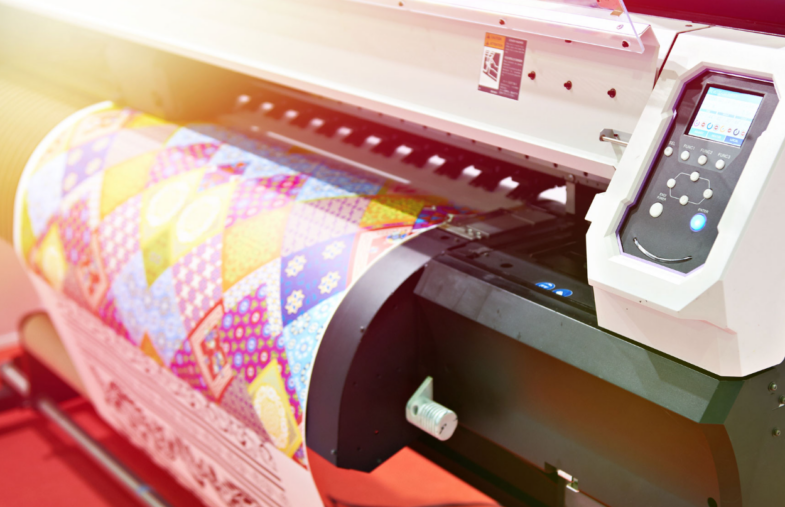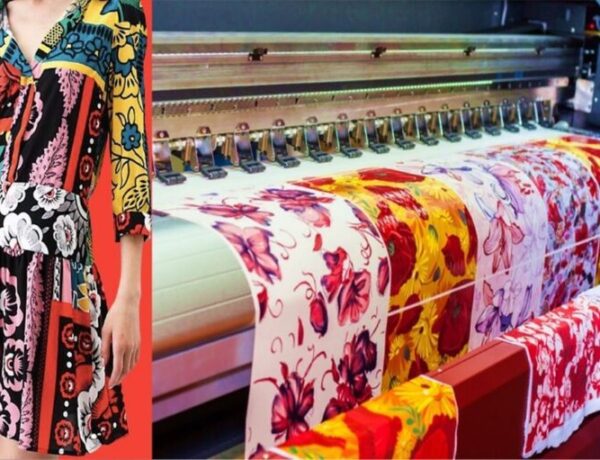Giclee printing has revolutionized the art world with its ability to produce high-quality prints that closely resemble the original artwork. The term “giclee” comes from the French word for “to spray” and was coined in the early 1990s by printmaker Jack Duganne.
In this article, we will explore the history of giclee printing, from its origins to its modern-day applications.
Origins of Giclee Printing
The roots of giclee printing can be traced back to the 1980s when artists and photographers began using inkjet printers to produce digital prints of their work. However, they were limited in their color range and resolution, and the prints they produced were not of the highest quality.
In the early 1990s, Jack Duganne began experimenting with a new type of inkjet printer that used pigment-based inks instead of dye-based inks. This new printer produced prints with a wider color gamut and greater longevity than the previous ones. Duganne coined the term “giclee” to describe these high-quality prints.
Advancements in Giclee Printing
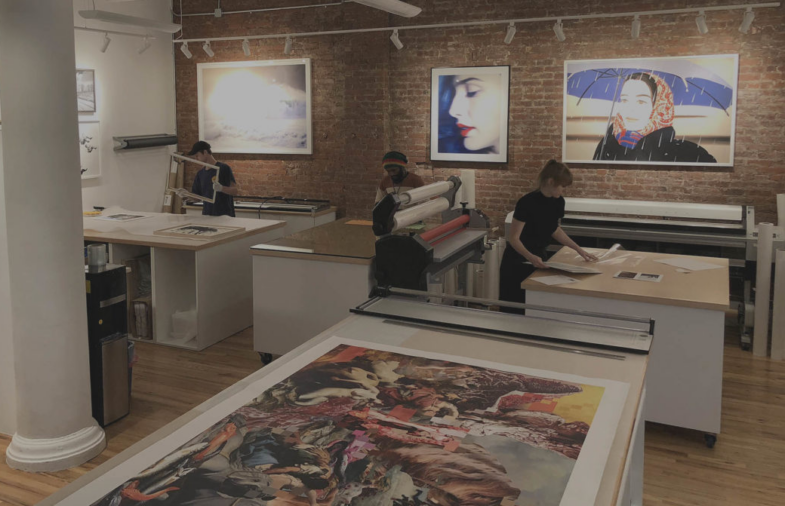
Source: tribecaprintworks.com
Since the early days of giclee printing, there have been significant advancements in the technology and materials used to produce these prints. Today’s giclee printers are capable of producing them with resolutions of up to 2400 dpi, which allows for extremely fine detail and sharpness.
In addition to higher resolutions, modern ones use advanced pigment-based inks that offer greater color accuracy and longevity than ever before. These inks are fade-resistant and can last for up to 100 years or more with proper care. Another significant advancement in this technology is the use of wide-format printers, which allow for the printing of much larger images than was previously possible. This has made it a popular choice for creating large-scale wall art and photo murals.
Moreover, the use of digital technology in giclee printing has also made it possible for artists and photographers to have greater control over the whole process. With the ability to adjust color, contrast, and other settings in real time, artists can now fine-tune their prints to achieve the exact look and feel they desire.
Another significant development in this technology is the use of specialized software, such as RIP (Raster Image Processor) software, which is designed specifically for it. This software allows for greater control over color management and can help to eliminate common issues such as banding and color inconsistencies.
The availability of a wider range of paper and media types has also been a significant advancement in giclee printing. Today, there are many types of archival-quality paper available that are specifically designed for use with it. These papers are acid-free and can help to ensure the longevity of the print.
Finally, these advancements have also led to the emergence of print-on-demand services, which allow artists and photographers to sell their prints online without having to invest in expensive equipment. These services make it possible for artists to reach a wider audience and offer their work for sale without the added expense of producing and storing physical ones.
Applications of Giclee Printing

Source: printique.com
It has become a popular printing method for artists, photographers, and printmakers around the world. These high-quality prints are ideal for reproducing artwork, photographs, and other images with exceptional detail and color accuracy.
One of the main advantages is that it allows artists and photographers to produce them on demand. This means that they can do as many or as few copies of an image as needed, without having to worry about the cost of producing a traditional print run.
It is also a popular choice for producing limited editions. Artists can produce a limited number of prints of a particular image, each one numbered and signed by the artist. This adds value to it and makes it more collectible for art collectors.
Another application of giclee printing is in the world of interior design. They can be used to create large-scale wall art that adds color and texture to a room. Because they can be produced in a wide range of sizes, they are ideal for creating large-format prints that make a statement in any room.
In addition to producing them on paper, giclee printing can also be used to print onto other materials such as canvas, fabric, and even metal. This allows for a wide range of creative applications, such as printing photographs onto canvas to create a gallery-style display or printing artwork onto the metal to create a unique wall hanging.
Challenges of Giclee Printing
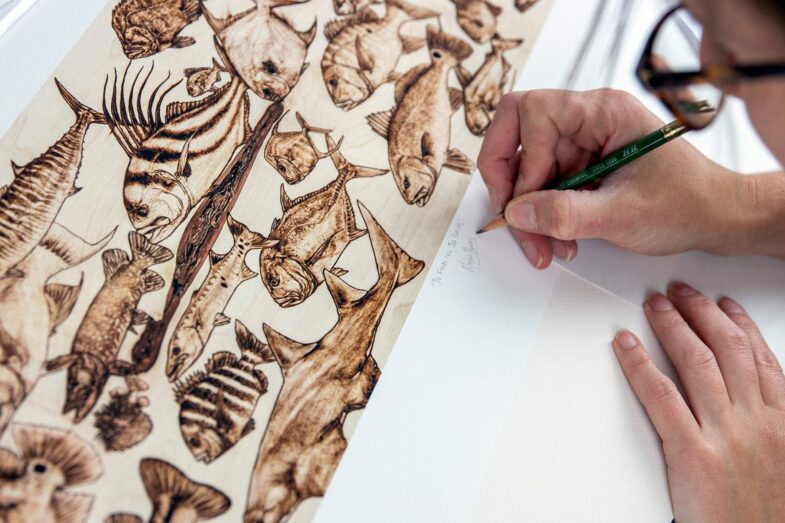
Source: mokieburns.com
While it offers many advantages over traditional methods, it is not without its challenges.
One of the main challenges is the cost of producing high-quality prints. Giclee printers and pigment-based inks can be expensive, which can make it difficult for artists and photographers to produce large quantities of them.
Another challenge is the potential for color inconsistencies between them. Because giclee printers use a wide range of colors and resolutions, it can be difficult to achieve a consistent color balance across multiple ones. This is especially true if the original artwork was produced using traditional media, such as oil paints or watercolors.
Despite the challenges associated with producing high-quality giclee prints, many artists and photographers are embracing this method as a way to bring their work to a wider audience.
They offer a level of detail and color accuracy that is unmatched by traditional methods, making them an ideal choice for reproducing fine art and high-quality photographs.
Conclusion
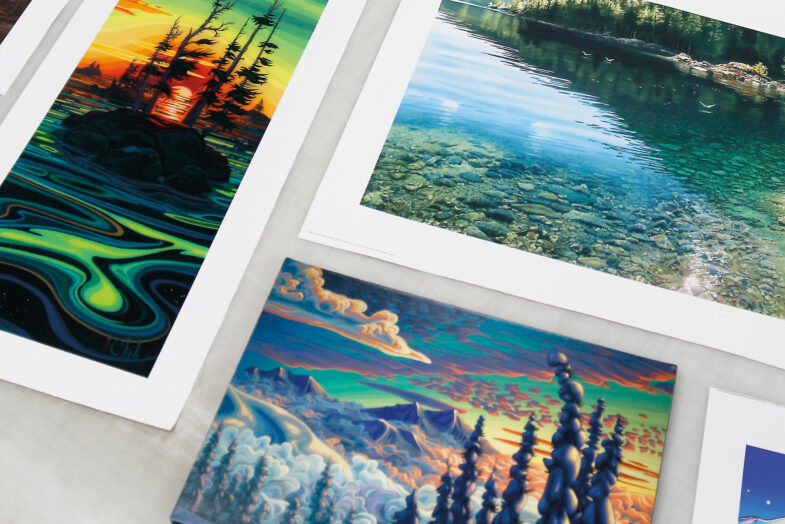
Source: hemlock.com
Giclee printing has come a long way since its early origins in the 1990s. Today’s giclee printers are capable of producing high-quality prints that rival traditional methods in terms of detail and color accuracy.
While there are still some challenges to overcome, this technology has become a popular choice for artists, photographers, and printmakers around the world. Whether you’re reproducing artwork, producing limited edition prints, or simply creating high-quality ones for personal use, this is a versatile and powerful method that offers a wide range of applications.

